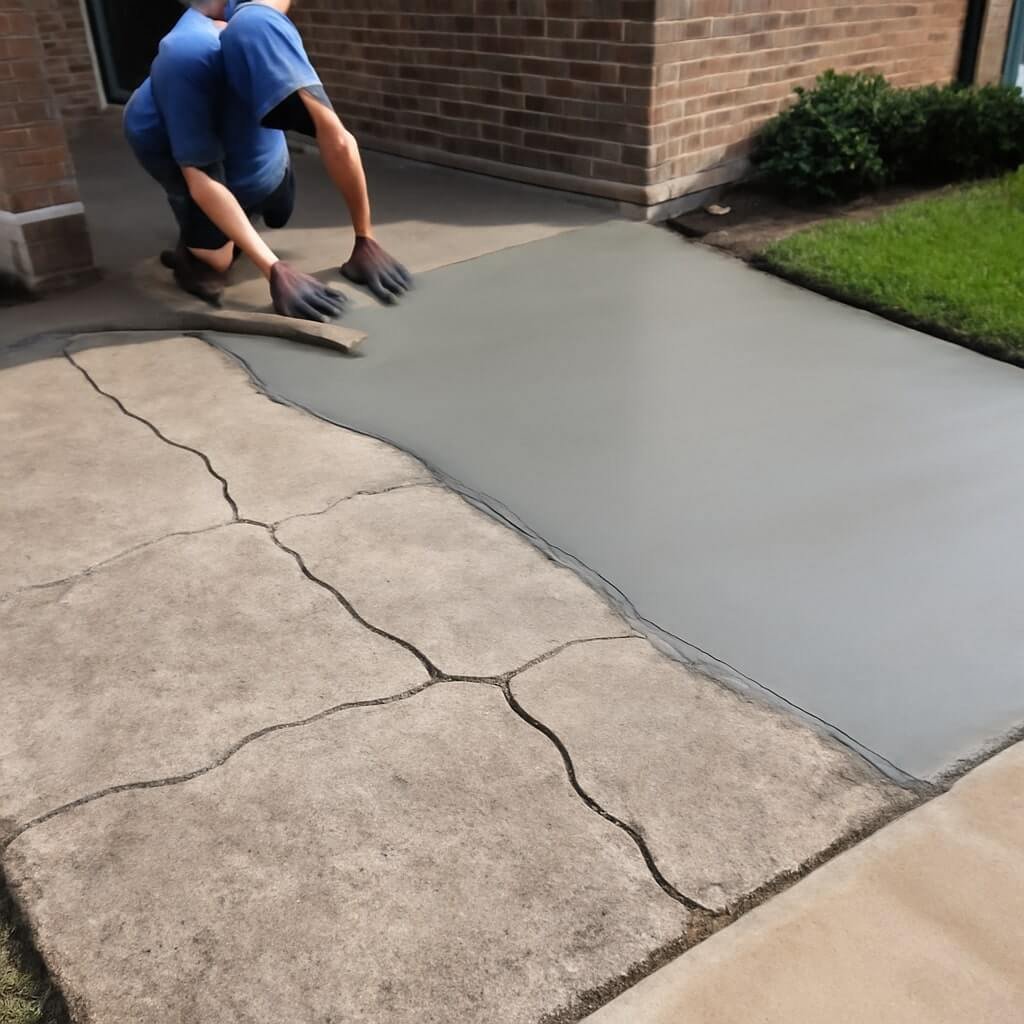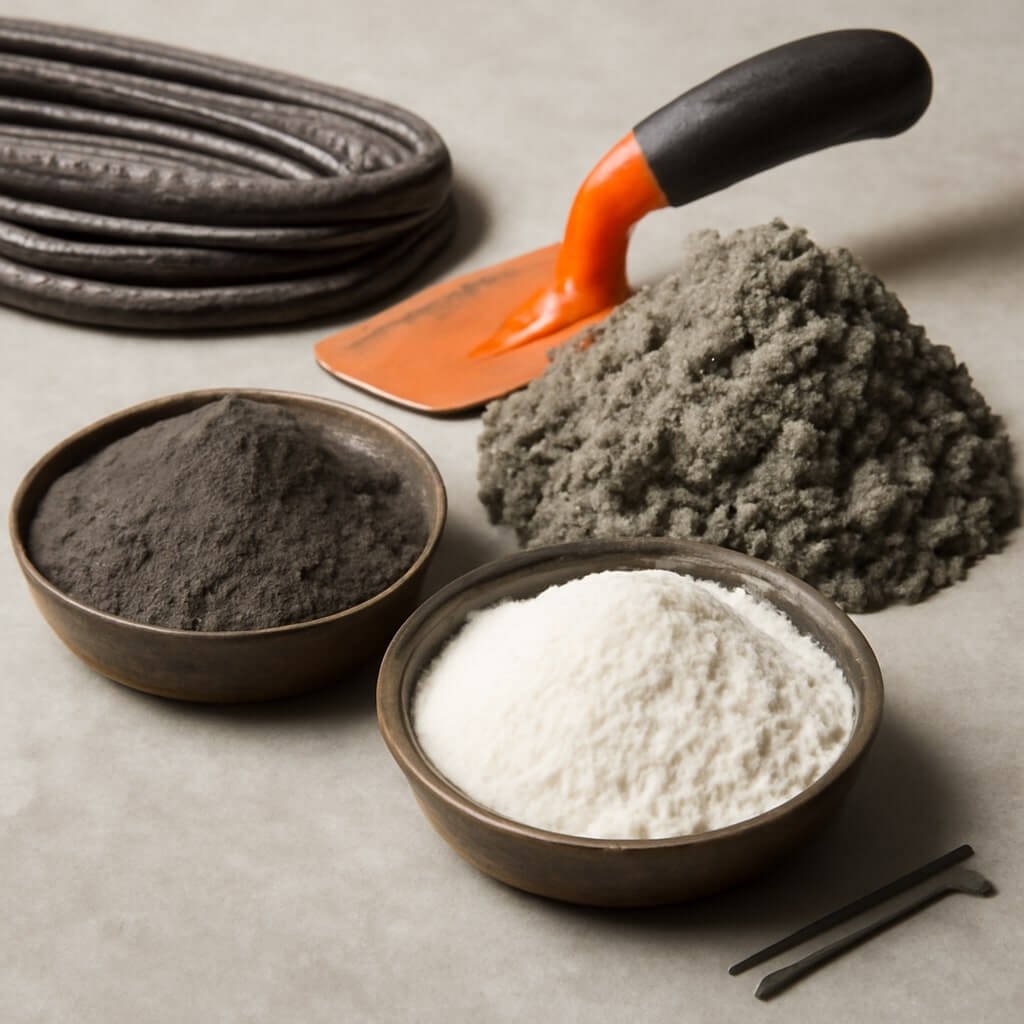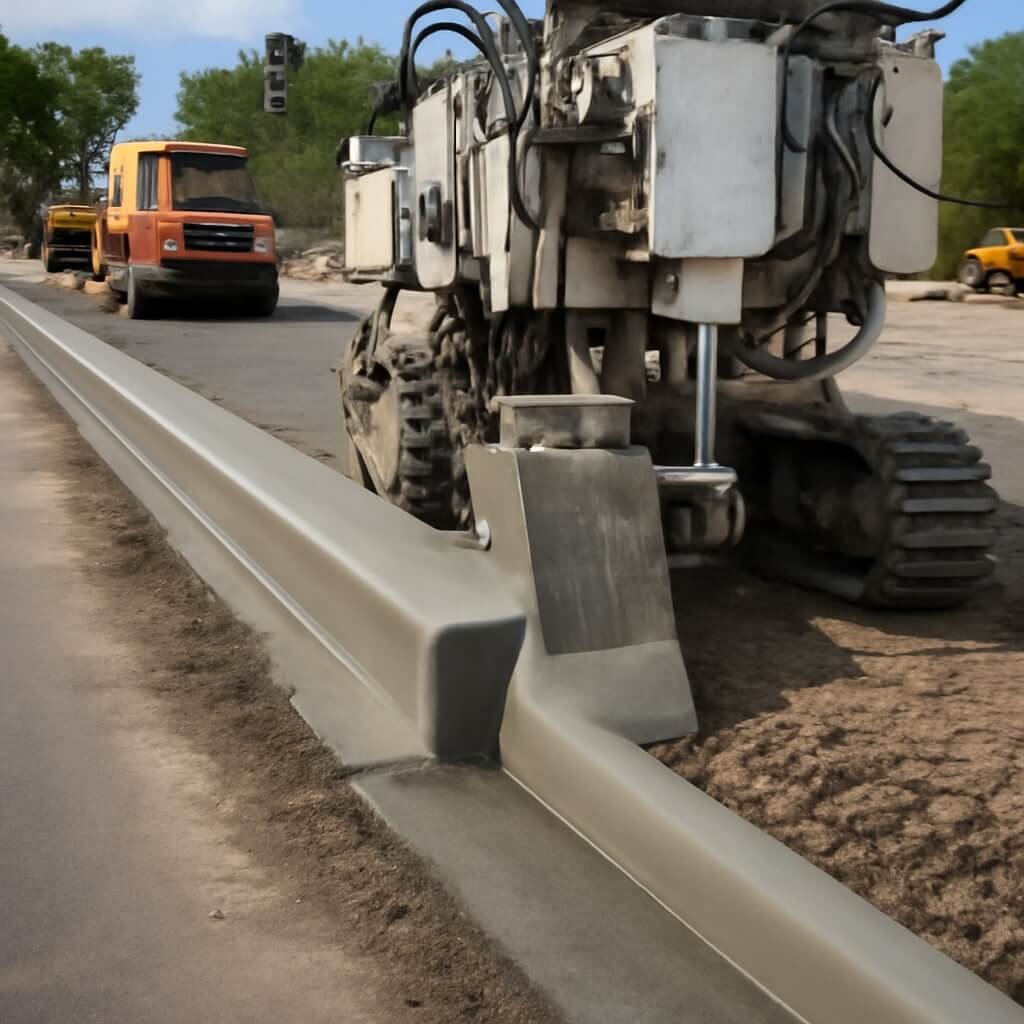Concrete is everywhere—from driveways and patios to commercial floors and walkways. Over time, exposure to weather, traffic, and wear and tear can leave concrete surfaces looking dull, cracked, or damaged. Luckily, concrete resurfacing is an effective and affordable way to breathe new life into old concrete, restoring both its appearance and durability.
In this article, we’ll explore top concrete resurfacing techniques that are transforming tired surfaces into stunning, long-lasting finishes. Whether you’re a homeowner, contractor, or simply curious about the latest methods, this comprehensive guide will walk you through 10 powerful resurfacing solutions, explaining their benefits, ideal uses, and tips for success.
What is Concrete Resurfacing?
Concrete resurfacing involves applying a thin layer of new material over existing concrete surfaces to repair damage, improve appearance, and extend lifespan. Unlike complete replacement, which can be costly and time-consuming, resurfacing provides a quick, cost-effective upgrade that minimizes disruption.
The resurfacing layer can vary widely in composition, texture, and finish depending on the chosen method, but the goal is always the same: to create a durable, attractive surface that can withstand future wear.
Why Resurface Concrete?
There are many reasons to consider resurfacing your concrete, including:
- Cost Efficiency: Resurfacing is much cheaper than tearing out and repouring concrete.
- Time Savings: Most resurfacing methods can be completed quickly, often within a day or two.
- Aesthetic Enhancement: You can customize color, texture, and design to suit your style.
- Improved Durability: New coatings protect against future damage like cracking, staining, or weathering.
- Environmentally Friendly: Resurfacing reduces waste by preserving existing slabs.
Concrete surfaces exposed to freezing temperatures, heavy traffic, or chemical spills especially benefit from timely resurfacing.
Key Factors to Consider Before Resurfacing
Before jumping into any resurfacing project, it’s important to evaluate:
- Surface Condition: Is the concrete structurally sound? Large cracks or severe damage may require repair or replacement first.
- Purpose: Are you focusing on aesthetics, functionality, or both?
- Budget: Different resurfacing methods come with varying costs.
- Climate: Some materials perform better in certain weather conditions.
- Skill Level: Some techniques require professional application.
Method 1: Concrete Overlay
Concrete overlay involves applying a thin layer of cement-based material over the existing concrete surface. This method is versatile, allowing for different textures, colors, and finishes.
Pros:
- Cost-effective and quick to apply
- Can hide minor imperfections and cracks
- Can be stamped or textured for decorative effects
Cons:
- Not suitable for concrete with severe structural damage
- Surface preparation is key to adhesion
Ideal for patios, sidewalks, and driveways needing cosmetic improvement.
Method 2: Micro-Topping
Micro-topping is a very thin polymer-modified cement layer applied over concrete to give a smooth, durable finish. It’s often used indoors for floors that need a seamless, modern look.
Pros:
- Very thin—usually less than 3mm thick
- Can be colored and textured easily
- Resistant to abrasion and staining
Cons:
- Requires careful surface preparation
- Not ideal for outdoor use in harsh climates
Great for kitchens, bathrooms, and commercial spaces.
Method 3: Polymer Modified Concrete
This technique adds polymers to traditional concrete mixtures to improve bonding, flexibility, and strength. Polymer-modified concrete is excellent for resurfacing damaged slabs.
Pros:
- Stronger and more flexible than standard concrete
- Improved adhesion and waterproofing
- Durable under heavy traffic
Cons:
- Slightly higher cost than basic overlays
- Needs a skilled application for best results
Commonly used for industrial floors and high-traffic areas.
Method 4: Stamped Concrete Overlay
Stamped concrete overlays combine the durability of overlays with decorative stamping to mimic natural stone, brick, or tile patterns.
Pros:
- Customizable patterns and colors
- Attractive and durable finish
- Cost-effective alternative to natural stone
Cons:
- Requires experience in applying
stamps properly - The surface may need resealing over time
Perfect for enhancing patios, pool decks, and walkways.
Method 5: Acid Staining
Acid staining chemically reacts with concrete to create rich, variegated color effects that look natural and unique.
Pros:
- Permanent coloration, not paint
- Enhances the natural texture of concrete
- Low maintenance
Cons:
- Requires professional handling of acids
- Not ideal for repairing structural damage
Great for decorative floors and indoor surfaces.
Method 6: Concrete Grinding and Polishing
Grinding and polishing refine concrete surfaces to a smooth, glossy finish, often used in commercial or retail spaces.
Pros:
- Durable and easy to clean
- Highlights the natural beauty of concrete
- Can include decorative aggregates or dyes
Cons:
- The initial cost can be high
- Not a repair method, better for surface improvement
Ideal for showrooms, warehouses, and modern homes.
Method 7: Epoxy Coatings
Epoxy coatings are applied as a thick resin layer over concrete, offering strong protection and decorative appeal.
Pros:
- Resistant to chemicals, abrasion, and stains
- Wide range of colors and textures
- Easy to clean and maintain
Cons:
- Surface preparation is critical
- Can be slippery if not textured properly
Common in garages, industrial floors, and commercial kitchens.
Method 8: Self-Leveling Concrete
Self-leveling concrete is a pourable mixture that spreads evenly across floors to fill low spots and create a flat surface, perfect for uneven or damaged slabs.
Pros:
- Fast application and curing
- Creates a smooth, level base
- Can be used under floor coverings
Cons:
- Not decorative by itself
- Needs skilled mixing and application
Used primarily for floor preparation.
Method 9: Concrete Resurfacing with Overlays
Combining multiple overlay techniques can provide both durability and visual appeal. For example, a polymer-modified base with a stamped overlay.
Pros:
- Enhanced performance and aesthetics
- Tailored to project needs
- Long-lasting
Cons:
- More complex and costly
- Requires professional expertise
Used in high-end residential and commercial projects.
Method 10: Shot Blasting and Resurfacing
Shot blasting removes the top layer of concrete to clean and roughen the surface, improving adhesion for subsequent resurfacing.
Pros:
- Excellent surface prep
- Removes contaminants and weak layers
- Creates ideal texture for overlays or coatings
Cons:
- Equipment intensive
- Not a resurfacing method by itself
A common preparatory step in industrial floor renovation.
Frequently Asked Questions (FAQs)
How long does concrete resurfacing last?
With proper care, resurfaced concrete can last 10-15 years or more, depending on the method and usage.
Can I resurface cracked concrete?
Minor cracks can be repaired and covered, but severe structural damage may require replacement.
Is concrete resurfacing DIY-friendly?
Some simple overlays and micro-toppings can be DIY, but many methods require professional skills.
How soon can I use the surface after resurfacing?
Cure times vary, but most surfaces can be used within 24-72 hours.
Does resurfacing improve concrete strength?
Certain methods, like polymer-modified concrete, enhance strength, but overlays mainly improve surface durability.
How do I maintain resurfaced concrete?
Regular cleaning, sealing when recommended, and avoiding harsh chemicals prolong the lifespan.
Conclusion
Concrete resurfacing is a smart, cost-effective way to restore and enhance aging concrete surfaces. From decorative stamped overlays to durable epoxy coatings, the variety of techniques means there’s a solution for nearly every application and budget. By understanding the top 10 concrete resurfacing methods outlined here, you can make informed decisions to revitalize your surfaces with confidence and lasting results.




